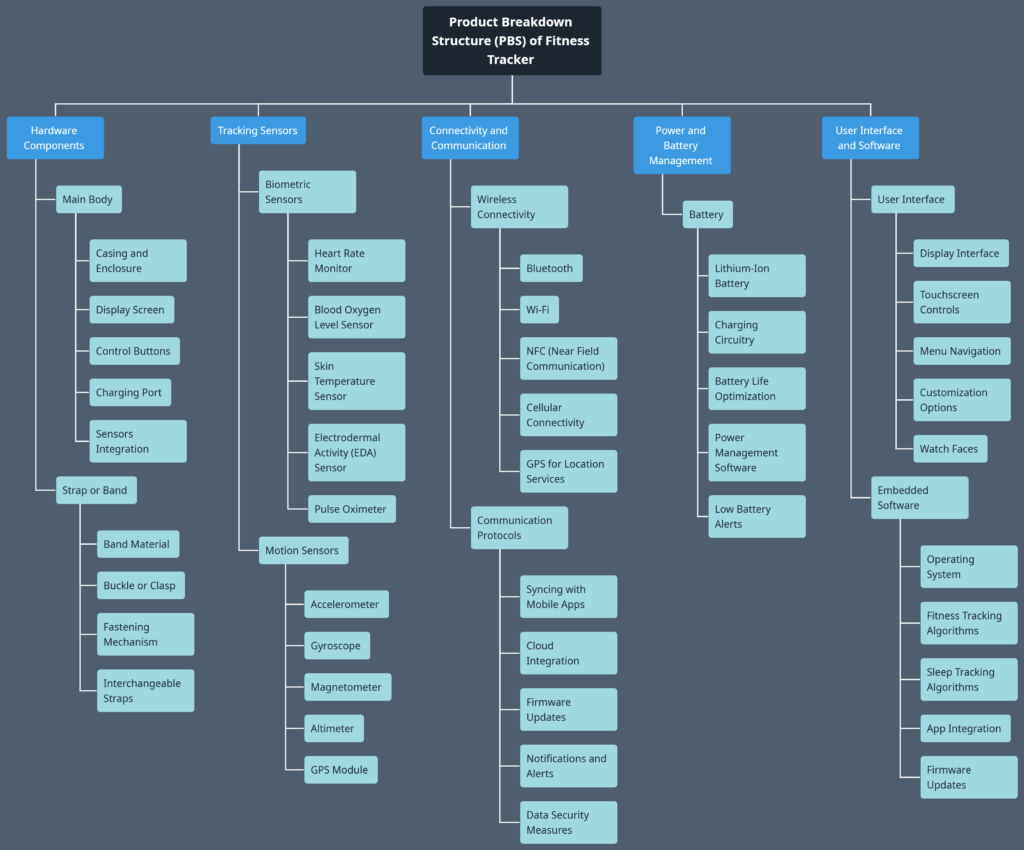
Rise and Impact of Fitness Trackers on Personal Health
A fitness tracker is a wearable device designed to monitor and track various aspects of an individual’s physical activity, health, and overall well-being. These compact devices typically incorporate sensors such as accelerometers, heart rate monitors, and GPS to collect data on metrics like steps taken, distance traveled, calories burned, and sleep patterns. The information gathered is then analyzed and presented through a dedicated mobile app or web platform, offering users insights into their fitness levels and progress over time.
The growing popularity of fitness trackers can be attributed to several factors. Firstly, these devices provide users with real-time feedback on their activity levels, encouraging a more active and healthy lifestyle. The ability to set personalized goals and receive notifications or achievements when milestones are reached adds a motivational aspect to fitness tracking. Moreover, the convenience of having comprehensive health data at one’s fingertips fosters a heightened awareness of personal health, making it easier for individuals to make informed decisions about their fitness routines, sleep patterns, and overall well-being. Additionally, the social connectivity and community features integrated into many fitness tracking platforms enable users to share achievements, participate in challenges, and engage with others, creating a supportive and motivating environment. Overall, the appeal of fitness trackers lies in their ability to empower individuals to take control of their health and fitness journeys through data-driven insights and positive reinforcement.
Intricacies of Fitness Tracker Components in PBS
This product breakdown structure provides a detailed and comprehensive breakdown of the components that constitute a fitness tracker. It categorizes the tracker into hardware components, tracking sensors, connectivity and communication features, power and battery management, and user interface and software. Each category delves into specific elements, showcasing the complexity involved in designing and manufacturing a fitness tracker. The hardware components, including the main body and strap, highlight considerations like casing, display, sensors, and materials. Tracking sensors encompass biometric and motion sensors, emphasizing the device’s ability to monitor various health metrics and physical activities. Connectivity and communication features explore wireless options, communication protocols, and data security measures. Power and battery management detail aspects of battery technology, charging, and power optimization. Finally, the user interface and software section delve into the display interface, embedded software, and algorithms that contribute to the overall functionality of the fitness tracker. This mind map offers valuable insights into the intricate engineering and technology required to develop a sophisticated and effective fitness tracking device.
Unleashing Creativity with Visual Paradigm’s Templates
Visual Paradigm Smart Board stands as a versatile and user-friendly tool that simplifies the process of creating diverse mind maps with its intuitive interface and a rich set of templates. The tool offers a dynamic platform that caters to a wide range of mind mapping needs. By leveraging the ready-to-use templates provided, users can seamlessly embark on the mind mapping journey without the need for intricate design skills. Whether brainstorming ideas, organizing complex information, or planning projects, Visual Paradigm Smart Board’s templates cater to various scenarios and industries, providing a solid foundation for users to express their thoughts visually. This tool not only enhances creativity but also promotes efficiency in ideation and planning processes. With Visual Paradigm Smart Board, users can easily navigate through the mind mapping process, fostering a productive environment that allows ideas to flow seamlessly from conception to visualization.